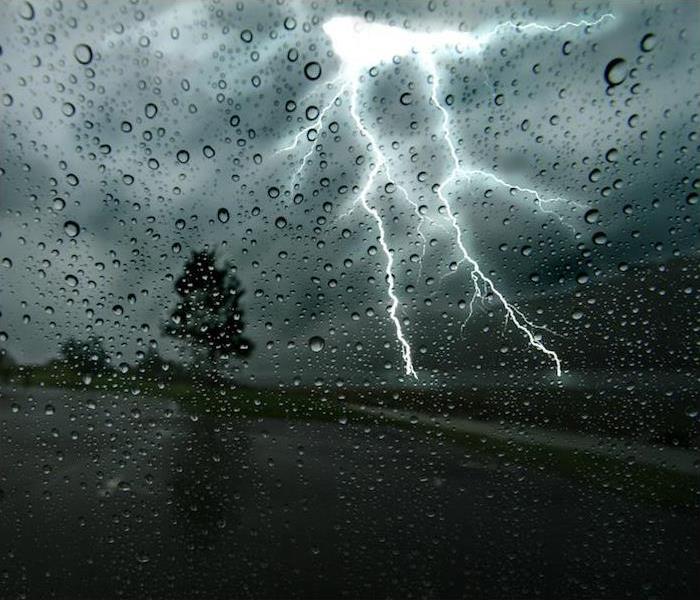What Makes It a Severe Thunderstorm? | SERVPRO® of Thomaston, Forsyth & Fort Valley
5/7/2021 (Permalink)
 Thunderstorms can pop up at any moment. Contact SERVPRO of Thomaston, Forsyth & Fort Valley if you experience any damage.
Thunderstorms can pop up at any moment. Contact SERVPRO of Thomaston, Forsyth & Fort Valley if you experience any damage.
Around this time of year, we start to see more thunderstorm activity. While many of these storms may pass through without much damage, other, more serious storms can be catastrophic.
The nature of these severe thunderstorms means that they bring lots of rain, high winds, lightning, hail and flooding. But what makes these storms move from being a “thunderstorm” to a “severe thunderstorm”?
Let’s look below at some of the categorical differences between these types of storms.
A thunderstorm, by definition, is a storm that has both thunder and lightning. These kinds of storms can be dangerous even without additional threats.
But here are the key distinctions for a severe thunderstorm and the types of hazards they can create for your family.
3 Key Elements of What Makes a Thunderstorm Severe
Lightning strikes. Lightning is known to cause damage to houses by starting house fires and felling trees that can do significant damage to permanent structures and vehicles. But did you know that it is reported that [lightning causes around 300 injuries every year](https://www.treehugger.com/how-dangerous-are-thunderstorms-4863120)
High winds and hail. A severe thunderstorm is defined as a storm that has straight-line winds of at least 58 miles per hour and has hail that is at least one inch in diameter, or larger. The combination of of these two can do some serious damage to unsheltered cars, pets or livestock that are not adequately protected and roofs of homes. Hail is already capable of causing damage due to the speed at which it falls (up to 72 miles per hour), but add the high winds and it’s a recipe for damage.
Flash flooding. Flooding is possible for even those outside of a designated flood plain because they can be caused by drains that are not working properly, small roadside ditches that become filled with water and many other threats that can make flooded roadways become life-threatening situations quickly. In as little as 12 inches of water, it is possible for a car to be taken away with the tide.
Thunderstorms are part of the weather patterns for Georgia, so if a storm causes damage to your home or business, we are prepared to help at any time. Contact us to find out how we can get your property back to pre-storm condition.


 24/7 Emergency Service
24/7 Emergency Service